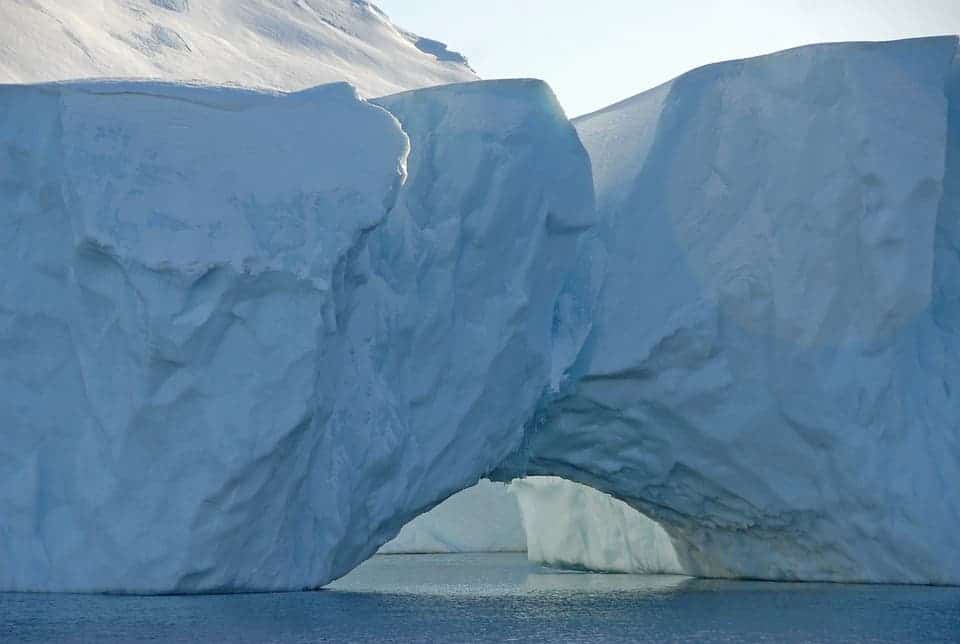The rate of global sea level rise has increased by about 50 percent in just the last two decades, according to an international team of researchers. In 1993, global sea levels increased from a rate of 2.2 millimeters/year to 3.3 millimeters/year in 2014. The dramatic increase is believed to be mostly caused by melting of Greenland’s ice sheet.

These findings suggest that the world’s sea levels are rising faster than thought only a couple of years ago. If this accelerated trend continues, devastating consequences might ensue. The Intergovernmental Panel on Climate Change (IPCC), which is the UN science advisory body, estimates that by the end of the century sea levels could rise by 60 to 90 centimeters (24 to 35 inches). This very conservative projection, however, assumes the rate at which sea level rises stays constant.
Sea level rise due to global warming is a serious threat, on a collision course with large and growing coastal populations. Hundreds of millions of people live in low-lying deltas around the world and only a few feet extra in sea level is enough to force them out.
Global warming drives sea level rise by two major mechanisms:
-
by warming ocean water; as it warms, water expands, taking up more space
-
by melting land-based ice (glaciers and ice sheets), sending more water to our oceans.
According to a new study published in Nature Climate Change, accelerating losses of mass from Greenland and Antarctica are driving up the rate of sea level rise. The researchers fixed some loose ends in satellite altimetry data, which gauges heights on the Earth’s surface from space, using satellites. Until recently, the data showed little change in sea levels over the last two decades even when other measurements like in-situ clearly showed an increase in the levels.
“We corrected for a small but significant bias in the first decade of the satellite record,” co-author Xuebin Zhang, a professor at Qingdao National Laboratory of Marine Science and Technology in China’s Shandong Province, told AFP.
While thermal expansion accounted for almost half of added sea level rise in the early 1990s, two decades later that figure was only 30 percent. Instead, contributions from ice sheets and glaciers have increased from about half of the total rise in 1993 to around 70 per cent in 2014. Most of this sharp increase can be pinned on the melting of the Greenland ice sheet which now supplies 25 percent of total sea level increase compared with just five percent 20 years earlier. Greenland contains enough frozen water to lift oceans by about seven meters (23 feet).
Even if we cease dumping greenhouse gases into the atmosphere tomorrow, sea level rise that will continue because global warming is already locked-in and by some account triggered feedback loops are accelerating warming. For instance, despite the amount of CO2 released into the atmosphere has stabilized in the last five years, CO2 levels in the atmosphere are rising — and fast. As such, these findings must serve as a wake-up call for policymakers. The cost of non-action could be dramatic by the end of the century.


